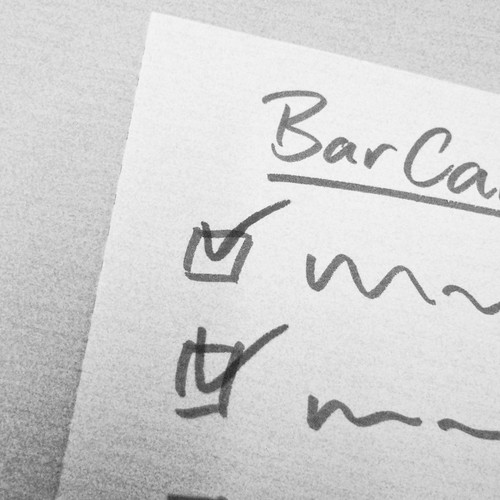Are you wondering why your website seems doesn’t convert more people even though you’ve been putting more time into it? It’s time to go back to the drawing board and evaluate if what you’re doing to draw more people to your site is having any effect on getting those visitors to convert. This is the start of conversion rate optimization – CRO.
What is CRO?
A conversion can simply be defined as the successful completion of a specific action on a particular website by a visitor. These actions include online services such as buying products or acquiring services, signing up for online media services such as an e-newsletter, submitting forms and other kinds of services that the website offers. A conversion rate is then defined as the total of your conversions divided by the total number of visitors visiting the website.
CRO can be defined as the process of carrying out a comprehensive analysis of a website and coming up with improvement strategies and testing the strategies with the aim of increasing your conversion rates. It involves identifying possible reasons why visitors are not converting, then coming up with a solution that will fix the problem. The solutions are then tested to ensure that they satisfactorily solve the problem before they can be permanently employed. This will necessitate a thorough study of the visitor behavior and expectations in order to understand specific visitor needs and lay out strategies to meet these specific requirements.
Research has found CRO is particularly important because a slight increase in the conversion rate can yield huge profits in some websites with large volumes of traffic. However, if your site registers low traffic, then the profits could be less but still significant to allow you operate smoothly and increase your market share power.
Reduce Conversion Killers
The key to reducing conversion killers lies in the ability to identify them and coming up with appropriate strategies to mitigate them.This will involve identifying where the visitors find it difficult using the site and establishing the reasons as to why they may not take the desired action.
A good first place to look is your web analytics package. Google Analytics and other software will show you what are your most common exit pages, time on site, and you can even set up tracking to find out if people fill out the first 3, or 4, or 5 fields in a sign up or check out form and then abandon the process. This data is extremely vital as it helps in determining the performance of your website and enables you to make the proper adjustments to effectively realize your goals.
Once you are comfortable with Google Analytics, it’s time to try out a tool like ClickTale or CrazyEgg that will show you heat mapping of where people spend the most time on your pages and more. These tools help to identify where your visitors are looking or not so that you can see if that really cool graphic you put up or that super simple sign up form or anything else is actually having a positive effect on conversions.

Offer Compelling Content
To influence your visitors in a positive way, you have to give them the content they want, when and where they want it. This doesn’t always mean giving them a blog post to read. Sometimes, it’s putting your call to action in a new spot based on that particular visitor’s behavior or offering a how-to video right when they’re wondering how your product actually works. To do this, I recommend surveying your users. You can use a pop up, a post check out questionnaire, an email to visitors, or even a somewhat larger scale approach.
When the visitors visit your website, you should never leave them clueless on what is going on your website. It is for this reason that you should include a call to action that should be clearly visible and informative of what you want them to do at your website. You need to do this discreetly by reducing distractions such as too many links, unnecessary text, and images that is likely to distract the visitors.
Above all, your customers should be able to trust you. To do this, offer credible services and products so that your customers can trust you and feel comfortable to conduct business with you.
Create an Action Plan

Most importantly, creating a plan and projections for outcomes helps you measure and continue to improve. Like most things in life, it's not likely that you'll get this perfect the first time around.
Summary
The most important things in CRO are to learn to identify conversion killers, create a plan for how to remove them, and measure the outcomes so that you can continue to improve. Simple changes to your design, contact, calls-to-action and more can result in huge increases in revenue and more.
Leave a Reply
You must be logged in to post a comment.